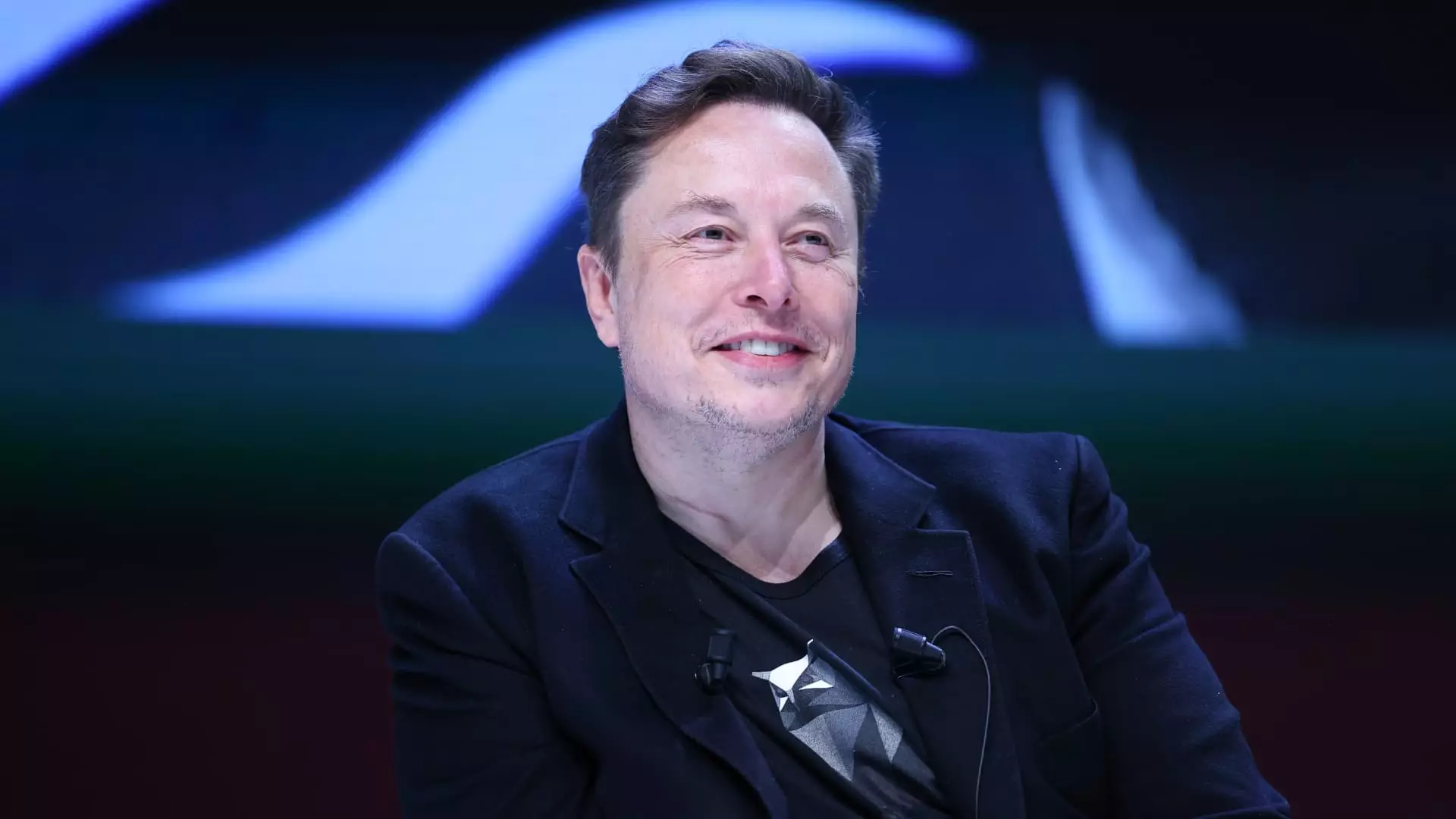Tesla has recently made headlines following a remarkable bounce in its stock value, igniting discussions among investors and analysts alike. After experiencing its most significant surge since 2013, Tesla’s stock has been on an upward trajectory, indicating renewed confidence in the electric vehicle (EV) market. This article delves into Tesla’s third-quarter financial results, evaluates the stock’s performance within the broader market context, and addresses potential challenges that lie ahead for the automotive giant.
Following a substantial rally, Tesla saw its shares increase by 2.8% to reach $267.79—its strongest finish since September 2023. The stock has neatly reversed its earlier losses for the year and is currently up approximately 8% in 2024, despite trailing behind the Nasdaq’s impressive 24% rise. The financial community’s optimism was partly fueled by an updated price target from Piper Sandler, which raised its 12-month prediction from $310 to $315, reflective of expectations for heightened deliveries and improved profit margins.
Tesla’s stunning rise of 22% on Thursday was one of its best performances since it became publicly traded in 2010. On the financial front, the company reported revenues of $25.18 billion, slightly below projections, yet demonstrating a robust 8% annual growth. Notably, the adjusted earnings per share outperformed analysts’ estimates, standing at 72 cents compared to the anticipated 58 cents.
Factors Influencing Financial Outcomes
Several elements contributed to Tesla’s recent financial showing. Revenue from environmental regulatory credits, totaling $739 million, has been acknowledged by analysts as a “potentially unsustainable driver” of both earnings and cash flow. This revenue stream is contingent on regulatory frameworks and could be subject to fluctuations, raising questions about long-term viability. Another factor contributing to Tesla’s financial success was the $326 million gained from sales associated with its Full Self-Driving (FSD) system. However, skepticism persists regarding the true sustainability of these revenues.
Elon Musk, in his commentary during the earnings call, expressed an optimistic outlook for vehicle growth, projecting a 20% to 30% uptick for the coming year, driven by affordability and advancements in autonomous driving. Conversely, analyst expectations remain more conservative, with a predicted 15% growth in deliveries for 2025, highlighting a divergence in outlooks between management and analysts.
Musk also unveiled plans to initiate production of the Cybercab—the innovative robotaxi concept by the end of 2026—with aspirations to lead the driverless ride-hailing market in California and Texas as early as next year. While such announcements generate excitement, they also raise questions about the feasibility of Tesla’s ambitious timelines, especially considering Musk’s track record for missing deadlines surrounding the release of autonomous features.
Additionally, despite the stock’s recent rally, Tesla’s valuation is still approximately 35% lower than its peak reached in 2021. Challenges persist; the company faces mounting competition from established automotive names like Ford and General Motors, alongside emerging players such as BYD and Li Auto in the Chinese market. The influx of competitors poses not just a market share threat but also pressures margins as the automotive landscape rapidly evolves.
Despite the optimistic market response, Tesla must navigate various hurdles moving forward. The company has previously faced difficulty in maintaining delivery momentum, particularly during the first quarter of 2024 when deliveries decreased. This downturn raises concerns about Tesla’s ability to retain its competitive edge amidst an evolving market landscape filled with capable contenders.
Moreover, skepticism remains regarding the feasibility of achieving true autonomy. Concerns highlighted by Bernstein analysts underline Musk’s pattern of overestimation regarding product delivery timelines and performance outcomes. Tesla currently lags behind several competitors in the robotaxi domain, potentially hampering its futuristic ambitions.
Tesla’s recent stock performance can be viewed as a reflection of resilient investor confidence and the company’s potential for growth amidst competition. However, as it prepares for the future, Tesla must confront an increasingly competitive landscape and critical operational challenges. Navigating these complexities will not only shape Tesla’s profitability in the coming years but also determine its long-term position as a leader in the electric vehicle market. As the stakes rise, the industry will be watching closely to see if Tesla can realize its ambitious goals or if it will be outpaced by rivals in the fast-evolving world of automation and electric mobility.


Leave a Reply